FooD
cute:lrn58vezlhw= drawing : A Guide for Beginners (Expanded Edition)
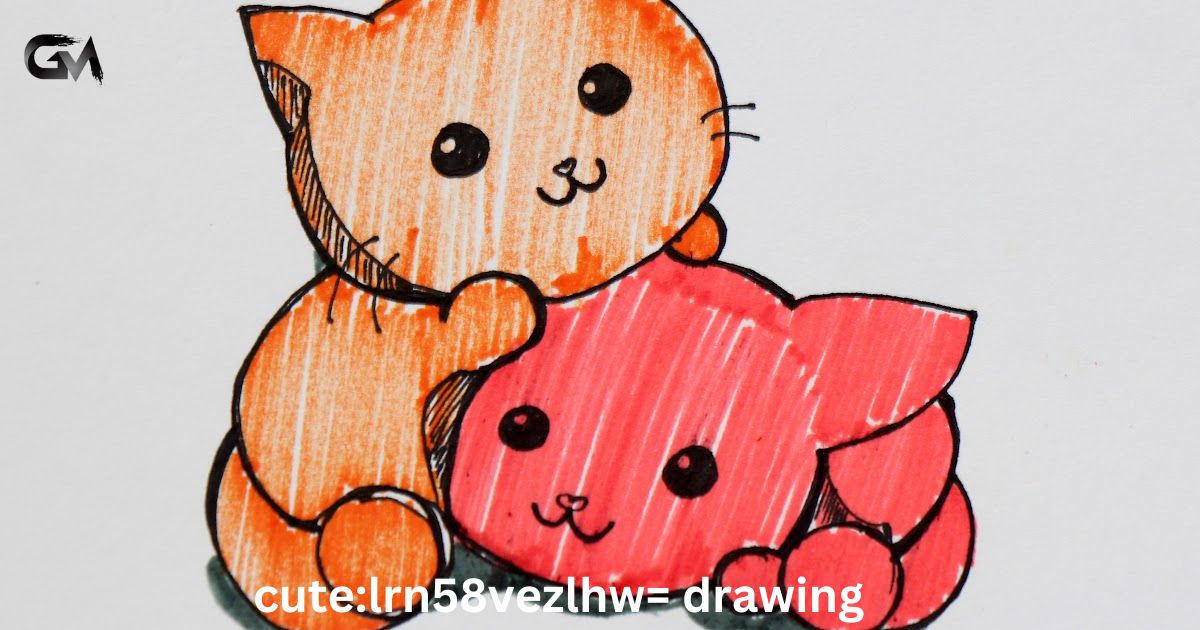
Cute drawing (cute:lrn58vezlhw) is an art form that has captured hearts across the globe. Whether you’re scrolling through social media or walking through a store, you’ll see adorable illustrations that bring a smile to your face. From fluffy animals to smiling food characters, cute art is all about evoking positive emotions like joy, nostalgia, and affection.
For those who are new to drawing or seasoned artists looking to branch into this playful style, this guide will help you dive into the world of cute drawing (cute:lrn58vezlhw). Not only will you learn the techniques and tools needed to bring these charming characters to life, but you’ll also discover a world of creative possibilities to explore. Whether you’re working digitally or traditionally, this comprehensive guide will provide you with tips, ideas, and inspiration to start your journey into cute drawing (cute:lrn58vezlhw).
What is a Cute Drawing (cute:lrn58vezlhw)?
Defining “Cute” in Art
The essence of cute drawing (cute:lrn58vezlhw) lies in simplicity, minimalism, and playfulness. These drawings are often characterized by exaggerated proportions, soft lines, and bright colors that draw attention to adorable characters or objects. Whether it’s an animal, a human figure, or even an inanimate object, cute art (cute:lrn58vezlhw) relies on techniques that instantly make the subject feel friendly, innocent, and fun.
Key features of cute drawing include:
- Large eyes: This is a hallmark of cute art, as big, expressive eyes evoke childlike innocence and charm.
- Tiny bodies and faces: Proportions that feature small faces and bodies often make characters look more childlike and approachable.
- Round shapes: Curves and rounded shapes are preferred over sharp angles and straight lines, as they create a soft, approachable feel.
- Simple designs: The absence of too much detail ensures that the drawing remains uncluttered and easy on the eyes.
- Pastel and bright colors: Light, cheerful colors like pinks, blues, yellows, and greens are often used to emphasize the cuteness.
Kawaii culture from Japan is a significant influence on the modern concept of cute drawing. Characters like Hello Kitty, Pusheen, and Gudetama demonstrate how cute art can transform even the most mundane objects or animals into endearing illustrations. These designs thrive on a feeling of warmth and joy that appeals to people of all ages.
Fun Fact: The word “kawaii” (可愛い) in Japanese translates to “cute” in English, and it has become synonymous with a cultural movement that embraces cuteness in everything from fashion to product design.
Why Cute Drawings Are Popular
The widespread appeal of cute drawing (cute:lrn58vezlhw) can be traced back to the emotions it evokes. Cute art taps into the part of the brain that reacts to images of babies or animals, creating a sense of affection and protection. This instinctual reaction, paired with the simplicity and light-hearted nature of the art, explains why cute drawings are so beloved.
The rise of social media has also propelled cute art into the mainstream. Platforms like Instagram, TikTok, GoWagerHub, and Pinterest are flooded with creators sharing their adorable illustrations, turning their art into viral sensations. Whether it’s doodles, stickers, or fully realized characters, cute drawings dominate these platforms.
Some common places where cute drawings thrive include:
- Merchandise: Stationery, stickers, mugs, and t-shirts adorned with cute art.
- Digital products: Emojis, social media icons, and avatars.
- Children’s media: Books, cartoons, and games designed to appeal to younger audiences.
- Home decor: Wall art, posters, and decorative items featuring playful, cute illustrations.
Case Study: Brands like Sanrio (creators of Hello Kitty) and Tokidoki have built empires around the concept of cute art, transforming their characters into internationally recognized icons.
Essential Tools for Cute Drawing
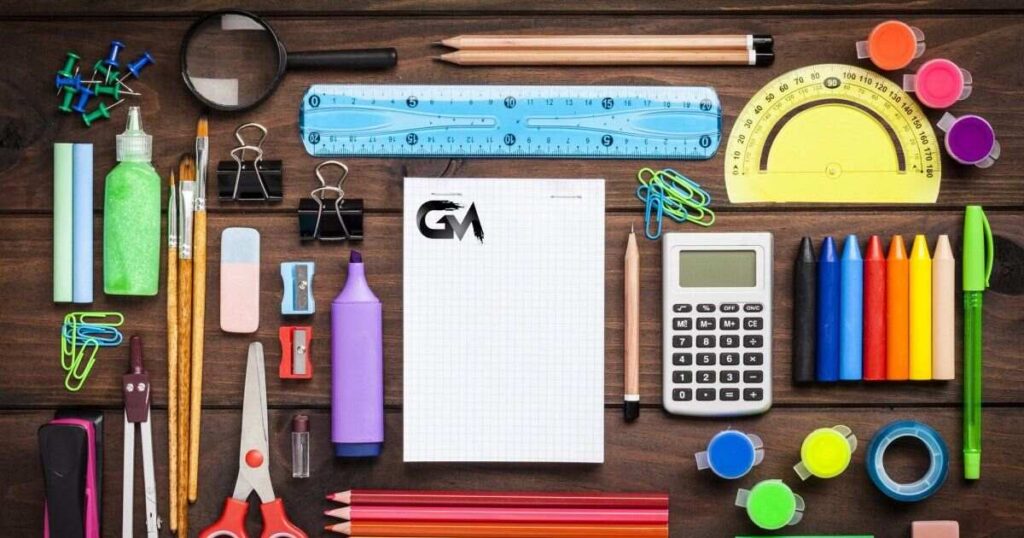
Drawing Materials for Beginners
You don’t need an expensive setup to get started with cute drawings (cute:lrn58vezlhw). Whether you’re working traditionally with pencils and paper or creating art digitally on a tablet, there are plenty of beginner-friendly options to explore.
Here’s a list of the essential tools for both traditional and digital drawing:
- Traditional Drawing Tools:
- Pencils: A basic set of graphite pencils (ranging from H to B for varying hardness) will give you the flexibility to sketch light and dark lines.
- Fine-tip pens: Use these to create crisp, clean outlines. Micron pens or similar brands are great for inking your sketches.
- Markers: For adding color, pastel markers (such as those by Copic or Prismacolor) are perfect for achieving the soft hues typical of cute art.
- Colored pencils: Great for blending colors and adding subtle details, colored pencils are essential for traditional cute drawing.
- Sketchbook: Opt for a smooth, medium-weight paper sketchbook to allow for easy erasing and fine details.
- Digital Drawing Tools:
- Drawing tablet: Beginners can use affordable tablets like Wacom or Huion to draw digitally. These tablets are pressure-sensitive, allowing you to simulate traditional drawing techniques.
- Stylus: A good stylus is necessary for creating fine lines and details. If you’re using an iPad, the Apple Pencil is a popular choice for precision.
- Drawing software: Free or paid software like Procreate, Krita, or Clip Studio Paint are great for digital drawing. They offer layers, brushes, and customizable settings to emulate traditional art.
Pro Tip: For traditional art, always use acid-free paper to prevent yellowing over time. For digital drawing, explore custom brush sets online—many artists offer free downloads that can help you achieve various textures and styles.
Choosing the Right Colors
Color choice is a significant part of what makes cute drawings (cute:lrn58vezlhw) appealing. Pastel shades and bright, happy colors are often used to create an inviting, playful atmosphere. However, choosing the right colors is about more than just picking pretty hues—it’s about conveying a mood.
Here are some color palettes commonly used in cute drawing:
| Color Palette | Effect/Emotion |
|---|---|
| Pastel Pink & Blue | Sweet, calming, and innocent |
| Soft Yellow & Green | Bright, fresh, and energetic |
| Lavender & Peach | Dreamy, magical, and whimsical |
| Bright Teal & Coral | Bold, fun, and youthful |
| Warm Beige & Cream | Cozy, comforting, and subtle |
To keep the cute aesthetic consistent, avoid overly dark or muted colors. Stick to bright, clean shades and experiment with complementary color schemes to make your artwork pop.
Quote: “Cute art thrives on color. It’s not just about the design, but about the colors that breathe life into those designs. Pastel shades create a light-hearted, almost nostalgic atmosphere that’s hard to resist.”
Step-by-Step Guide on How to Draw Cute Things

Basic Shapes and Proportions for Cute Drawings
One of the easiest ways to start a cute drawing is to break the subject down into basic shapes. Most cute drawings rely on simple geometric forms like circles, ovals, and rectangles as the foundation of the design.
Example: Let’s walk through drawing a cute kitten using basic shapes:
- Head: Draw a large circle. This will form the kitten’s oversized head, which is typical of cute art styles.
- Body: Below the head, draw a smaller oval for the body. This keeps the proportions childlike, with the head being much larger than the body.
- Ears: Add two small triangles on top of the head for ears.
- Eyes and Mouth: Inside the head circle, draw two large, round eyes spaced far apart. Add a small “U” shape for the mouth, and a tiny triangle for the nose.
As you can see, these simple shapes create the framework for a cute drawing. Once you’ve mastered this technique, you can experiment by adding different details or adjusting the shapes to create various characters.
Key Tip: When drawing faces, keep the eyes large and expressive, and place them lower on the face for that innocent, childlike appearance.
Adding Personality to Your Drawings
One of the most important aspects of creating cute art (cute:lrn58vezlhw) is imbuing your characters with personality. Even the most basic drawing can look lively and engaging with the right facial expression.
Here are some popular facial expressions that you can experiment with:
- Happy: Large, wide-open eyes and a small smile or a “D” shaped grin.
- Surprised: Circular eyes and an “O” shaped mouth create a cute, innocent look of surprise.
- Sleepy: Droopy, half-closed eyes paired with a tiny, relaxed mouth make the character look peaceful.
- Excited: Starry eyes, rosy cheeks, and a big, open smile will give your character a look of childlike excitement.
Adding small details like sparkles in the eyes or blush marks on the cheeks can also boost the cuteness of your character. These subtle touches give your drawing more life and appeal.
Drawing Cute Animals
Cute animals are a favorite subject in cute drawing, (cute:lrn58vezlhw) and the good news is they’re easy to draw. Here’s a simple tutorial to help you draw a cute panda:
- Head: Start with a large circle for the panda’s head.
- Body: Add a smaller oval beneath the head for the body.
- Ears: Draw two small circles at the top of the head.
- Eyes: Pandas have distinctive black eye patches, so draw two ovals for the patches, with two big, round eyes inside.
- Nose and Mouth: A small black oval for the nose and a tiny “3” shape for the mouth create an adorable, innocent look.
- Arms and Legs: Draw small oval shapes for the limbs, keeping them stubby and cute.
Once you’ve mastered this panda, you can apply similar techniques to draw other cute animals like bunnies, puppies, or even baby lions.
Fun Fact: The more exaggerated the proportions—like a larger head or smaller body—the cuter your character will appear. This is because these proportions mimic those of baby animals, triggering a nurturing response in viewers.
Drawing Cute Characters and Objects
In addition to animals, cute characters and everyday objects are popular themes in cute art. You can transform almost anything into a cute drawing by adding big eyes and a smiling face. Here’s how to draw a cute ice cream cone:
- Cone: Draw a triangle with a rounded bottom for the ice cream cone.
- Scoop: Add a large circle on top for the ice cream scoop.
- Details: Add a wavy line at the bottom of the scoop to create the illusion of dripping ice cream.
- Eyes: Place two large, round eyes near the top of the scoop.
- Mouth: Draw a small, happy smile in the center of the face.
- Extra Details: You can add sprinkles, a cherry on top, or a second scoop to make the drawing more playful.
Pro Tip: Objects like donuts, cupcakes, or even fruits can be transformed into cute characters with just a few simple tweaks. Add a face, some blushing cheeks, and you’ve got yourself a cute drawing!
Cute Drawing (cute:lrn58vezlhw) Ideas and Inspiration
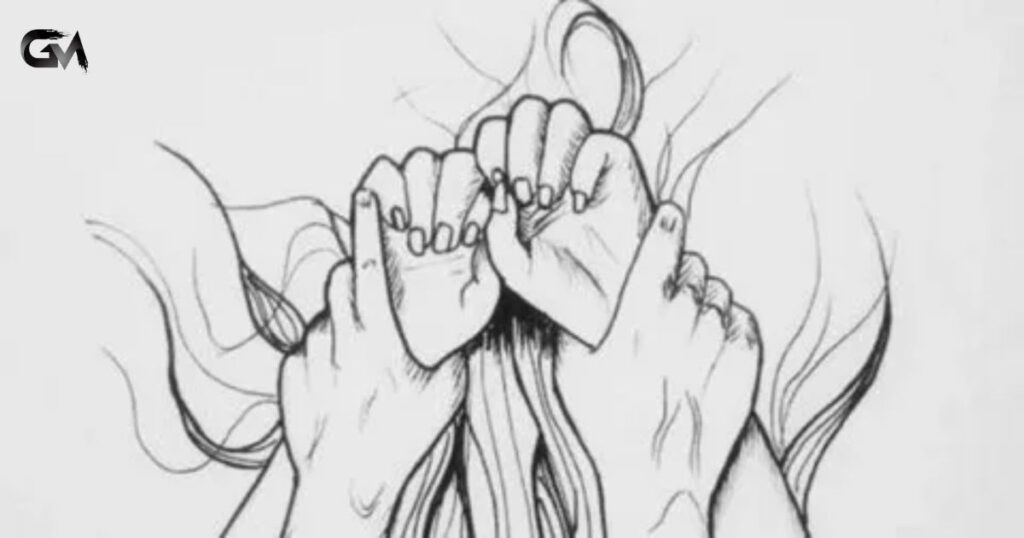
Easy Cute Drawing (cute:lrn58vezlhw) Ideas for Beginners
If you’re just starting out, it’s best to keep your ideas simple and approachable. Cute drawing doesn’t have to be overly complicated—sometimes the most basic designs can be the most charming.
Here are some beginner-friendly ideas to help you get started:
- Animals: Draw simple, round versions of your favorite animals, like cats, dogs, rabbits, or elephants.
- Food Characters: Turn your favorite snacks into characters. Try drawing a cute cupcake, slice of pizza, or coffee cup with a smiling face.
- Plants and Flowers: Draw kawaii cacti, flowers, or even trees with little eyes and happy expressions.
- Fantasy Creatures: Go whimsical and create adorable versions of unicorns, dragons, or fairies.
These ideas are a great way to get comfortable with cute drawing. Once you’ve mastered the basics, you can challenge yourself with more complex designs or combine different elements to create unique characters.
Where to Find Inspiration for Cute Art
Inspiration for cute drawing is everywhere. From social media to real-world objects, there are countless sources that can fuel your creativity. Some of the best places to find cute art inspiration include:
- Pinterest: Search for terms like “cute drawing ideas” or “kawaii art” to find boards filled with adorable sketches and illustrations.
- Instagram: Follow artists who specialize in cute art. Many use hashtags like #cutedrawing, #kawaiiart, or #illustration to share their work.
- Art Books: Books dedicated to kawaii art or illustration tutorials can provide step-by-step instructions on creating cute drawings.
- Nature: Animals, plants, and even weather patterns can be simplified and turned into cute drawings. Just imagine drawing a rain cloud with a smile or a cute little hedgehog!
Quote: “Inspiration is everywhere. From a bowl of fruit to a bird outside your window, anything can become cute with a bit of creativity.”
Tips to Improve Your Cute Drawing (cute:lrn58vezlhw) Skills
Practice Makes Perfect
The key to becoming proficient at cute drawing is consistent practice. Even if you only have a few minutes a day, setting aside time to draw regularly will improve your skills and build your confidence.
Here’s a simple practice routine for beginners:
- 5 minutes: Start by drawing basic shapes like circles, triangles, and rectangles. These form the foundation for many cute drawings.
- 10 minutes: Practice drawing different facial expressions. Try creating happy, surprised, or sleepy faces using simple lines.
- 15 minutes: Use your basic shapes to draw a complete character or object. Experiment with adding color or creating variations of the same design.
Pro Tip: Keep a sketchbook with you at all times. When inspiration strikes, quickly jot down your ideas or doodles. Even small, quick sketches can be valuable practice!
Experiment with Different Styles
As you grow more comfortable with cute drawing, it’s important to experiment with different styles. While most cute art is inspired by kawaii culture, there are plenty of other styles to explore.
Here are a few examples:
- Chibi Characters: This Japanese style features small, super-deformed versions of anime characters. The head is usually about 1/3 of the character’s body size, with minimal detail.
- Doodle Art: Doodle-style art is typically spontaneous, fun, and simplistic. It focuses on the overall energy of the drawing rather than perfect proportions.
- Western Cartoon Style: Many Western cartoons also feature cute designs, though they may use bolder lines and more vibrant colors compared to the soft pastels of kawaii art.
Experimenting with these different approaches can help you develop your unique style while expanding your skills.
Common Mistakes and How to Avoid Them
As with any artistic endeavor, there are common mistakes that beginners often make. However, by being aware of these potential pitfalls, including having the right supplies like the pencils, papers, and erasers you need to start drawing, you can avoid them and improve more quickly.
Here are a few mistakes to watch out for:
- Overcomplicating the design: Cute art is all about simplicity. Beginners often try to add too many details, which can overwhelm the viewer and make the drawing less appealing. Focus on the key elements that make your character cute, like large eyes and simple lines.
- Misjudging proportions: One of the hallmarks of cute art is exaggerated proportions, such as oversized heads and tiny bodies. Avoid making the body too large or the face too detailed—it takes away from the character’s charm.
- Using harsh lines: Cute drawings often use soft, rounded lines to create a sense of warmth and friendliness. Avoid sharp, jagged lines unless you’re going for a specific style.
Quote: “Sometimes less is more, especially in cute drawing. By keeping things simple, you can create characters that are instantly loveable and accessible.”
Sharing Your Cute Art (cute:lrn58vezlhw)
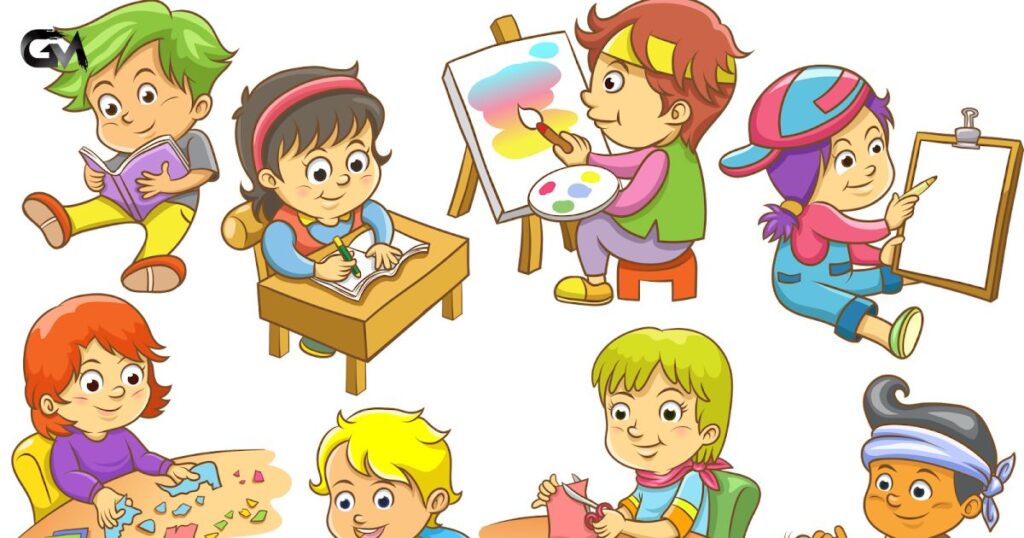
How to Share Your Cute Drawings Online
Once you’ve honed your cute drawing skills, you might want to share your artwork with others. Social media platforms like Instagram, TikTok, and Pinterest are excellent outlets for showcasing your work. Not only can you connect with other artists, but you can also reach an audience that loves cute art (cute:lrn58vezlhw).
Here’s how you can get started:
- Hashtags: Use relevant hashtags like #cutedrawing, #kawaiiart, #pastelart, and #illustration to increase visibility.
- Build a Portfolio: Instagram can act as a digital portfolio. Curate your feed with your best work, and consider creating a separate account just for your art.
- Engage with the Community: Comment on other artists’ work, share your process, and participate in art challenges to build connections within the art community.
How to Turn Cute Art into Merchandise
Cute drawings aren’t just for show—they can be turned into merchandise that people will love. Artists have found success selling products like stickers, pins, t-shirts, and prints featuring their cute characters.
Here’s how you can monetize your cute art:
- Redbubble/Society6: Upload your designs to these print-on-demand platforms to create everything from t-shirts to phone cases featuring your art.
- Etsy: Set up an Etsy store to sell your artwork as prints, stickers, or digital downloads.
- Print Your Own Merchandise: If you’re interested in selling your designs at conventions or local markets, consider working with a local printer to create custom products.
Case Study: Artists like Pipsticks have built successful businesses by selling sticker subscriptions featuring cute art. Their playful, vibrant designs appeal to a wide audience, demonstrating how cute art can be both a creative outlet and a profitable venture.
Conclusion
Creating cute drawings (cute:lrn58vezlhw) is not only an enjoyable creative process, but also a rewarding way to express your artistic voice. By focusing on simplicity, charm, and exaggerated proportions, anyone can learn to draw cute characters, animals, and objects. Whether you’re interested in traditional or digital art, this style offers endless possibilities for creativity and fun.

 Fashion2 months ago
Fashion2 months agoCarlos Alcaraz Vs Novak Djokovic Who is best in Tennis ?

 Fashion1 month ago
Fashion1 month agoUnveiling Christopher Cody: A Look at His Life Beyond the SpotlightLifeUnveiling Christopher Cody: A Look at His Life Beyond the Spotlight

 Fashion1 month ago
Fashion1 month agoJoker: folie à deux

 Tech2 weeks ago
Tech2 weeks agoTech Website Platforms

 Fashion2 months ago
Fashion2 months agoHealthy Life Wellhealthorganic: A Journey to Wholeness
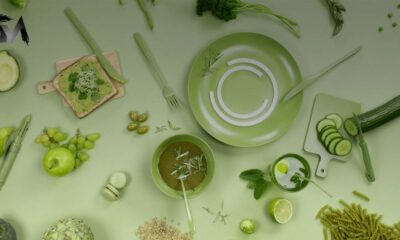
 Fashion3 weeks ago
Fashion3 weeks agoExploring the Dutch Powerhouses: Calvé, Calvé Proef, Andrelon, Unilever Food Solutions, Unox, and Knorr

 Fashion2 months ago
Fashion2 months agoIbomma: Your Ticket to Telugu Movie Paradise

 Fashion5 days ago
Fashion5 days agoWhat Does Chime Mean in a Mattress Topper?

